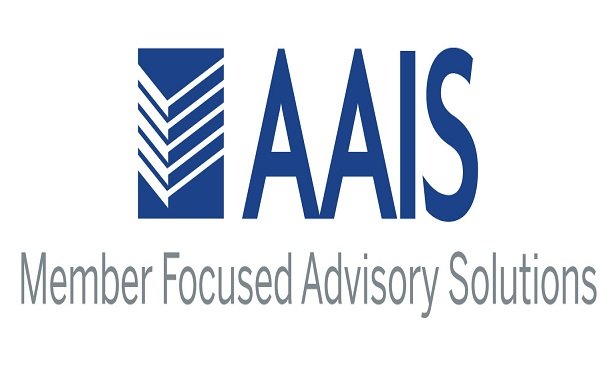The European Union is close to finalising a deal on howinsurance companies will hold enough capital to keep policyholderssafe which will severely water down the version sought by industryregulators, a senior EU lawmaker said.
|Negotiations on the law known as Solvency II have dragged on foryears due to disagreements over how much capital firms must hold tocover to cover products offering guaranteed returns over a longperiod.
|“I guess we are all hoping of a deal in principle on the bigpoints next week,” Sharon Bowles, UK Liberal Democrat chairwoman ofthe European Parliament's economic affairs committee, toldReuters.
|Talks take place on Oct. 24, with a second meeting in earlyNovember to tie up loose ends ahead of a plenary vote in parliamentin early 2014, Bowles said.
|The new law, which will apply to insurers like Aviva, Generali,Allianz and Axa, is expected to take effect in January 2016.
|The final version of the new rules will weaken what the sector'sregulator, the European Insurance and Occupational PensionsAuthority (EIOPA), has proposed, Bowles said.
|The three key elements are now largely agreed though there couldstill be some “chiselling” at the numbers, she added.
|The first element, known as a volatility dampener, determineshow much insurers can ignore market price swings when it comes toworking out how much capital they need.
|EIOPA has proposed that 20 percent of volatility can bediscounted but the final deal will bump this up to about 65 percentin a move set to please French insurers in particular.
|The second element, the matching adjustment, refers to howinsurers regard swings in credit spreads.
|EIOPA has taken a very conservative approach by introducing aminimum equivalent to 75 percent of long-term average spreads inbonds.
|The final law now looks set to set a minimum of about 35 percentfor corporate bonds and 30 percent for government bonds an industryofficial with knowledge of the talks said. This change would pleaseIreland, Britain and Spain.
|“We can live with this. Ideally it would be zero,” the officialsaid.
|A third element, known as extrapolation, looks at how an insurermust work out the discount rate on cash flows.
|EIOPA has called for a period spanning 40 years for basing thiscalculation and this is likely to be maintained in the final law,rejecting a push by industry for a much shorter period of adecade.
|The sector is also likely to be given 16 years to phase in someof the changes, far longer than EIOPA wanted, but will pleaseGerman firms.
|The regulator has already warned legislators not to water downits proposals but parliament and member states are keen to get adeal before time runs out ahead of European Parliamentelectionsnext May and the appointment of a new European Commission laterthat year.
|Industry officials said a deal was also needed to maintain EUcredibility in shaping efforts underway to design a global capitalrule for insurer.
Want to continue reading?
Become a Free PropertyCasualty360 Digital Reader
Your access to unlimited PropertyCasualty360 content isn’t changing.
Once you are an ALM digital member, you’ll receive:
- All PropertyCasualty360.com news coverage, best practices, and in-depth analysis.
- Educational webcasts, resources from industry leaders, and informative newsletters.
- Other award-winning websites including BenefitsPRO.com and ThinkAdvisor.com.
Already have an account? Sign In
© 2024 ALM Global, LLC, All Rights Reserved. Request academic re-use from www.copyright.com. All other uses, submit a request to [email protected]. For more information visit Asset & Logo Licensing.








